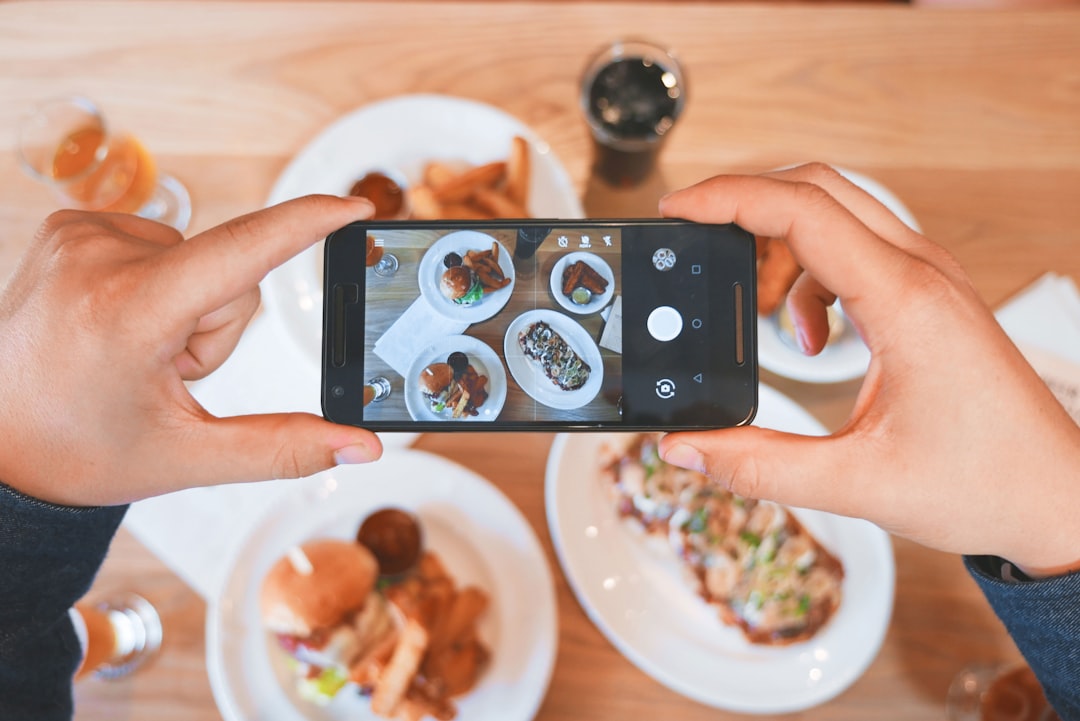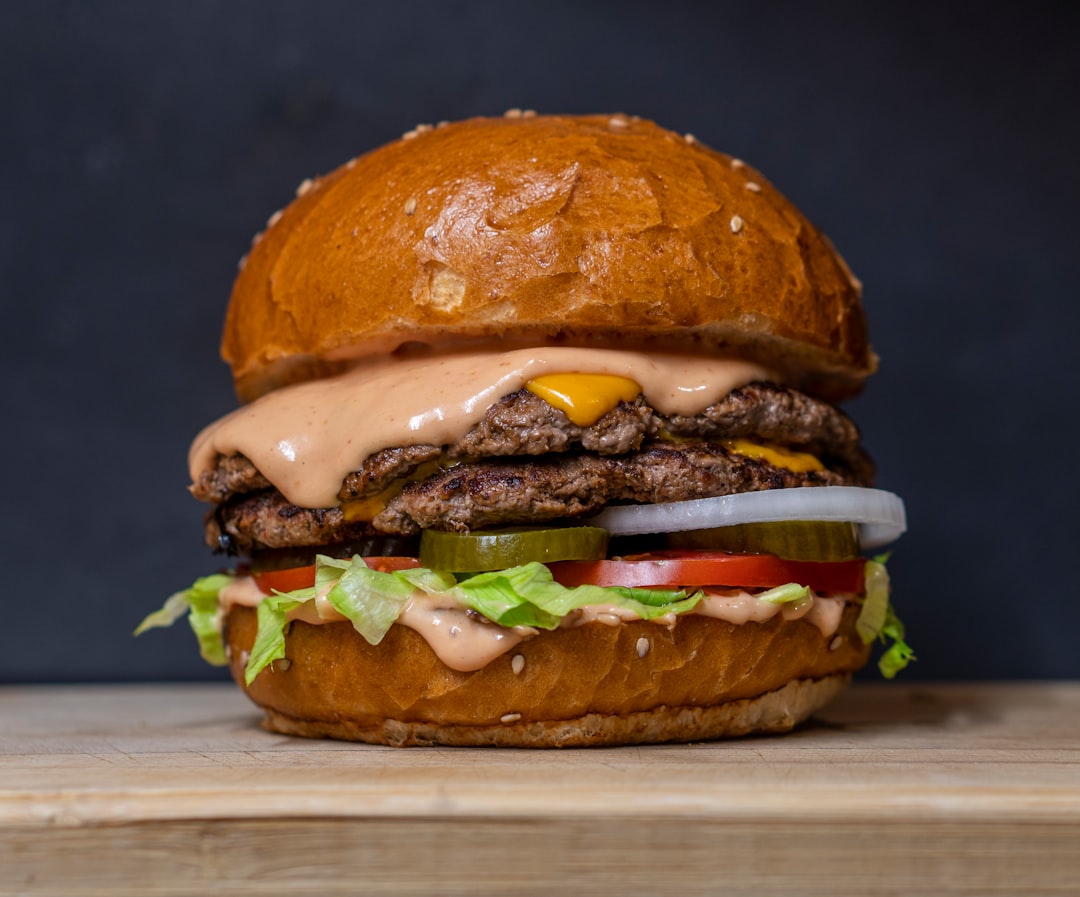Ever noticed how some restaurants seem to have a magnetic presence on Instagram while others struggle to gain traction? The difference often comes down to strategy, not luck. That perfectly-timed cappuccino pour or mouthwatering dessert shot didn't happen by accident—it was part of a well-executed social media plan.
Instagram has become the digital storefront for restaurants. With over 1 billion active users and food being one of the most popular content categories, your potential customers are already scrolling through their feeds looking for their next dining experience.

The visual nature of Instagram makes it perfect for showcasing your culinary creations. Think of it as your 24/7 open house where guests can peek inside your restaurant, salivate over your dishes, and build anticipation before they ever walk through your door. But success requires more than just occasional food photos. Let's dive into strategies that actually work.
First things first: switch to a business account if you haven't already. This gives you access to crucial analytics and advertising features that personal accounts lack.
Your profile should include:
According to marketing experts at Orders.co, restaurants with optimized business profiles see up to 30% higher engagement rates than those with incomplete information. Your profile is like your restaurant's entrance—if it looks disorganized or incomplete, potential customers may walk right by.
Organize your Instagram Stories into highlights with consistent cover images that reflect your brand colors and aesthetic. This creates a professional first impression when potential customers visit your profile.
Think of your highlight covers as the chapter headings in your restaurant's visual story. Categories might include "Menu Highlights," "Chef Specials," "Behind the Scenes," and "Customer Favorites."
You don't need professional equipment, but you do need to understand some basics:
The difference between an amateur and professional-looking food shot often comes down to lighting and composition, not camera quality. A $20 phone stand and positioning near a window can transform your food photography.

Successful restaurant Instagram accounts balance several content types:
According to Social Fixation, restaurants that include behind-the-scenes content in their strategy see up to 40% higher engagement than those posting only finished dishes. People connect with stories and people, not just plates of food.
Customer photos are marketing gold. They provide authentic social proof and expand your content library with minimal effort. It's like having dozens of unpaid photographers working for your restaurant every day.
A well-placed neon sign or distinctive serving dish can generate hundreds of free posts from excited customers. One New York cafe increased their user content by 75% simply by switching to uniquely patterned plates that customers couldn't resist photographing.
Short-form video content performs exceptionally well in the algorithm. Restaurant-friendly Reel ideas include:
Keep Reels under 30 seconds for maximum impact and use trending audio when appropriate. The key is to think like an entertainer, not just a restaurant. What would make someone stop scrolling? Perhaps it's the mesmerizing pour of a chocolate ganache or the satisfying sizzle of a steak hitting a hot grill.
Consistency matters more than volume. According to Bastion Agency, restaurants should aim for 3-5 posts per week rather than posting daily with lower quality content.
As for timing, analyze your Instagram Insights to see when your specific audience is most active. For most restaurants, posting around lunch (11am-1pm) and dinner (5pm-7pm) tends to perform well as people are making dining decisions. Consider your restaurant's peak hours—if you're a brunch spot, morning posts might perform better; if you're a cocktail bar, evening content likely resonates more.
Turn followers into customers by making it easy to order directly from your posts. Instagram Shopping allows you to tag menu items in photos, creating a seamless path to purchase.
For delivery-focused restaurants, linking your Instagram to your online ordering system can dramatically increase conversion rates. Orders.co reports that restaurants implementing Instagram Shopping see an average 25% increase in online orders.
This integration eliminates friction in the customer journey. When someone sees your mouthwatering burger post at 6pm, they shouldn't have to work hard to make it their dinner. Each additional step between inspiration and order reduces your conversion rate.
Local food influencers can introduce your restaurant to new audiences. When selecting partners:
A strategic influencer collaboration can reach thousands of potential customers for the cost of a few meals. Many restaurants find that micro-influencers with devoted local followings deliver better ROI than celebrities with millions of followers but less targeted engagement.
Instagram success isn't just about follower count. Track these metrics:
Use Instagram Insights to identify your top-performing content and adjust your strategy accordingly. Perhaps your breakfast dishes consistently outperform dinner items, or your chef interviews generate more engagement than food photos alone. Let the data guide your content decisions.
Instagram shouldn't exist in isolation from your broader restaurant management approach. Consider how your social media strategy connects with your:
A truly effective Instagram strategy aligns with your operational goals and enhances the overall customer experience. For example, when launching a new seasonal menu, coordinate your Instagram content calendar to build anticipation, showcase preparation, and then celebrate the launch.
An all-in-one restaurant management platform can help you track how social media efforts translate to actual sales and customer retention. This data-driven approach ensures your Instagram marketing delivers real business results.
Instagram success for restaurants isn't about random posting—it's about strategic content creation, consistent engagement, and authentic representation of your brand. Start with these fundamentals, measure your results, and continuously refine your approach.
The most successful restaurant Instagram accounts don't just showcase food—they tell the story of your restaurant's unique experience and invite followers to become part of that story. They turn casual scrollers into hungry customers and first-time diners into loyal regulars who can't wait to share their experience.
What Instagram strategy will you implement first?
